Full disclosure! Being Welsh, I’ve long-loved following Graffeg — a Cardiff-based publisher that’s been dedicated to publishing illustrated books on food, art, music, culture, architecture, gardens, photography, sport and lifestyle for adults since 2003, alongside creating board books, picture books and illustrated fiction for children.
Naturally, then, I was thrilled to discover Graffeg’s new Cadno imprint, which is devoted to publishing English-language Middle Grade fiction and YA novels with a uniquely Welsh focus. That is to say, Cadno books are either set in Wales, or feature Welsh characters.
 Given that the imprint launched with a wonderful Mabinogion-inspired novel by Catherine Fisher, the bar has been set very high for quality children’s fiction that radiates Cymru magic.
Given that the imprint launched with a wonderful Mabinogion-inspired novel by Catherine Fisher, the bar has been set very high for quality children’s fiction that radiates Cymru magic.
Read on to discover more about Graffeg and Cadno — along with some brilliant book recommendations — in our conversation with founder and Managing Director Peter Gill (PG) and Publishing Director Matthew Howard (MH).
Before we talk about Cadno, please could you share what led to the founding of Graffeg? What inspired the name?
PG: I headed up a design group for 35 years and had always been interested in books. Graffeg is Welsh for graphic and suggest the sort of books we publish, which are mainly illustrated books.
MH: I joined in 2010 when Graffeg had already been going for seven years. The name Graffeg is simply Welsh for ‘graphic’ – our origins are as the publishing division of the design agency Peter ran at the time, and good design still lies at the heart of everything we do.
What are you most proud of? Could you share some of Graffeg’s magic moments?
PG: Prince Charles, now King Charles III, congratulating me on the publication of Landscape Wales, the second book Graffeg published.
MH: Publishing Perfect by Nicola Davies – a book that Nicola had been told by other publishers ‘would never sell’ as it involved disability (and a BIG ’thank you’ to Jackie Morris for asking Nicola to show it to me).
I remain of the opinion that it’s not a book about disability; it’s actually a book about a child dealing with disappointment and learning to connect. But from that one book came a whole string of collaborations with Nicola, the discovery of Cathy Fisher as a fantastic illustrator, two more titles in the same series and the opportunity to work (and keep working) with seven first time illustrators on other projects.
This for me exemplifies what I most love about Graffeg and, I suppose, independent publishing generally – that growth and development can occur organically and that you can go where your heart tells you.
Moving now to Cadno — could you capture its essence in three words?
PG: Adventurous young books
MH: Wales, inclusivity, depth
What led you to launch Cadno? How did you decide on the name? What’s the imprint’s editorial ethos?
PG: Books Council of Wales mentioned there was a gap in the market for books for 9-12 year olds and we are aiming to fill this with the new imprint.
Cadno is fox in Welsh. We decided we needed a single word name with 5 or less letters and Cadno was available, and it sounded good and memorable.
The imprint ethos is simple - quality literature for young people that emanates from Wales.
MH: Cadno came about through a conversation about the representation of Wales in children’s books. Wales as a country is as developed and diverse as the rest of the UK – its young children face the same pressures and challenges as their English and Scottish contemporaries – yet there seems to be a dearth of literature where those pressures and challenges are presented with a Welsh backdrop.
The conversation developed (as conversations do) and the idea was born of a Middle Grade imprint that offered a more developed view of Wales to a (hopefully) waiting world.
The main challenge was that I can lay no great claim to knowing what makes a good Middle Grade text. So, for that we’re delighted to have assembled a panel which, between them, has huge amount of experience and knowledge in the area of children’s books – a retail buyer, a literacy advisor, and an academic, editor and former teacher. We meet together regularly to discuss submissions and I have to say these are some of the best and most productive meetings I get to attend – a real joy.
Editorially, what we’re trying to do is represent Wales in the way I outlined earlier – as a place where children experience the same hopes and fears, have the same aspirations and concerns, as everyone else. Wales has produced, and continues to produce, some of the greatest writers and wordsmiths around; what we want to do is create space for Wales itself to take centre stage – its history and culture yes, but also its modernity and sense of self in the twenty-first century.
Could you share some insights into the children’s literature landscape in Wales?
MH: All I know is there are some very talented and enthusiastic people managing and working for some terrific presses, producing books that are receiving more than a little critical acclaim. So as a country, we certainly punch above our weight – and that’s without considering those authors from Wales who are published elsewhere.
Which books from Graffeg’s children’s book backlist should everyone read?
MH: All of them!
Give us an elevator pitch for some upcoming Cadno books.
MH: Zac and Jac – Jac loves football. He plays it with his best friend and watches it with his father. But when he begins to recognise his father’s racist views how can he look his friend in the eye again? A story of conflict in which the personal cost of challenging racism is real, but where the possibility of resolution also exists.
The Ranch at the End of the World, in which Nell Dart, teenager, starts at the end of the road but finds her own personal narrative is only just beginning. A story of discovery, development and hope for the future.
The Bird Thief – OCD informs much of Erin’s life, but when she has a fall and wakes to find she can fly, she realises that only she can thwart the plans of developers and save the flock of Goldfinches under threat.
Who would you invite to your dream literary party?
MH: John Irving, Wilkie Collins, Michael Rosen and Geoffrey Chaucer. I’d also like to invite the author of a French fabliau I read many years ago which was genuinely one of the funniest texts I’ve ever come across. However, as I can’t remember the title of the story and don’t know if the author is even known, I might have a problem addressing the invitation.
Tell us a secret about books…
MH: They cost less than a meal but feed you for a lifetime.
Stay up to date with Graffeg:
Website
X
Facebook
Instagram
To discover more from the people who bring you all those books you love, read more insights from the world of children’s publishing, and from publishers who make books for grown-ups.


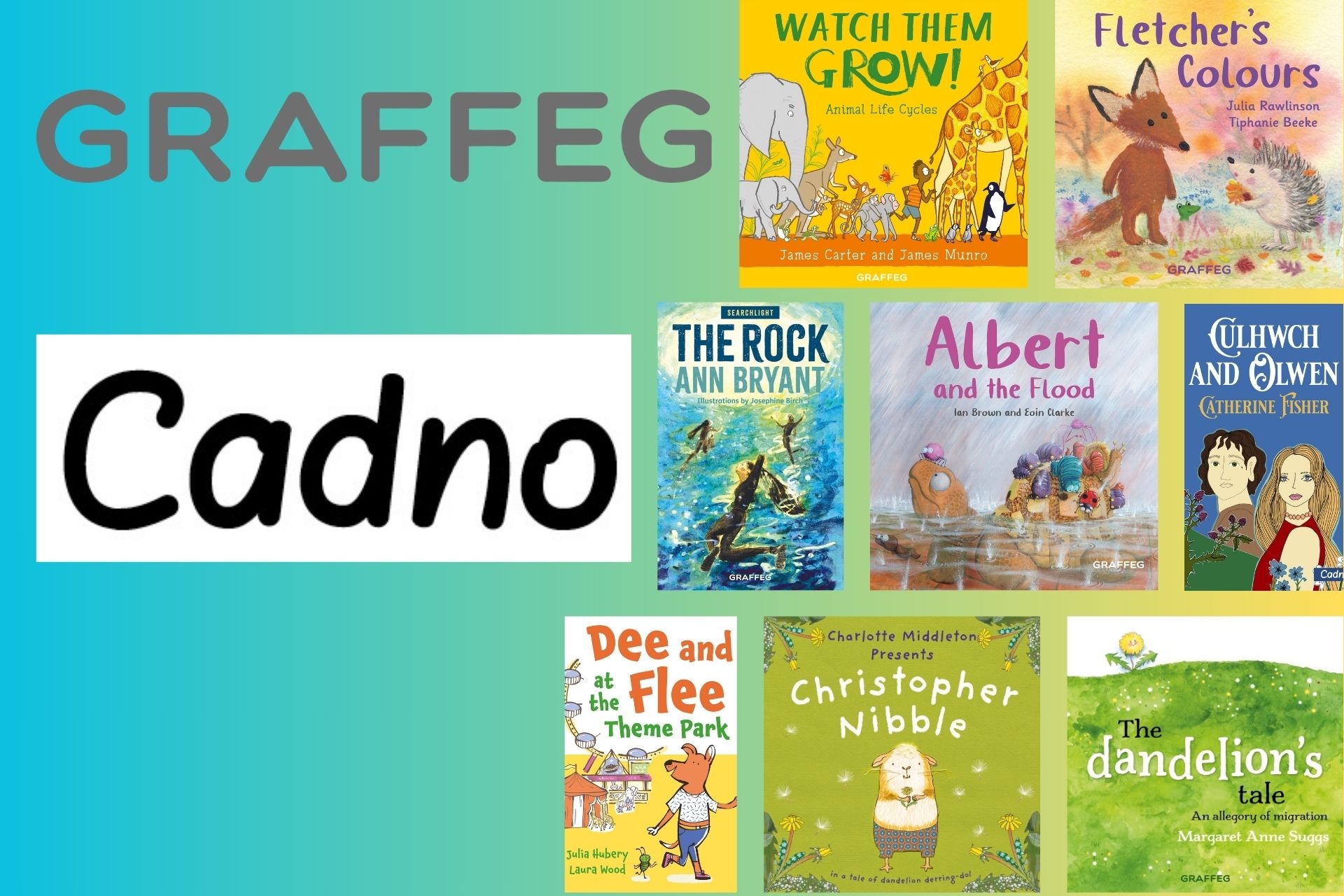
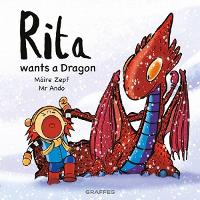
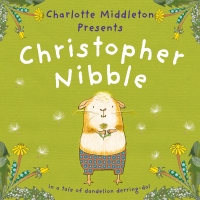

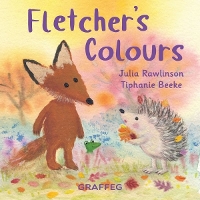
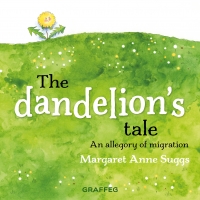
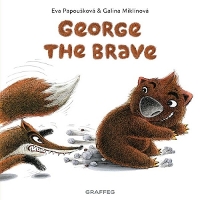
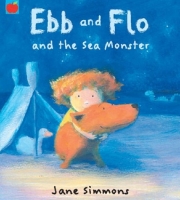
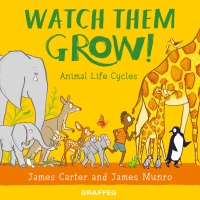
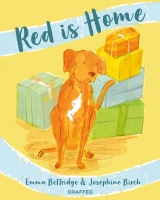

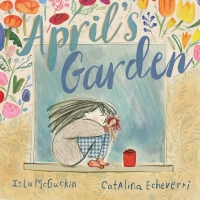
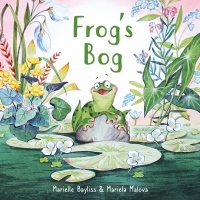

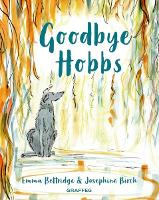
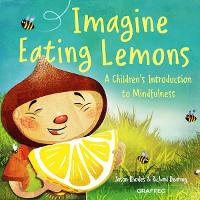
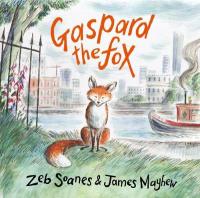
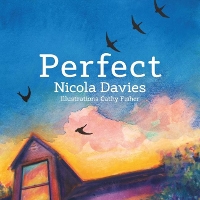
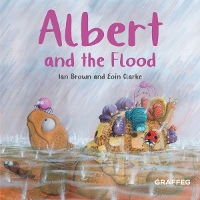
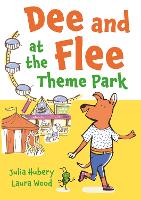
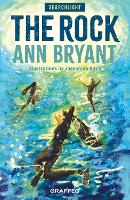
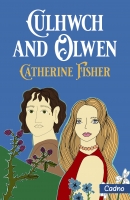
Comments (0)
Leave A Reply
You must be logged in to post a comment.